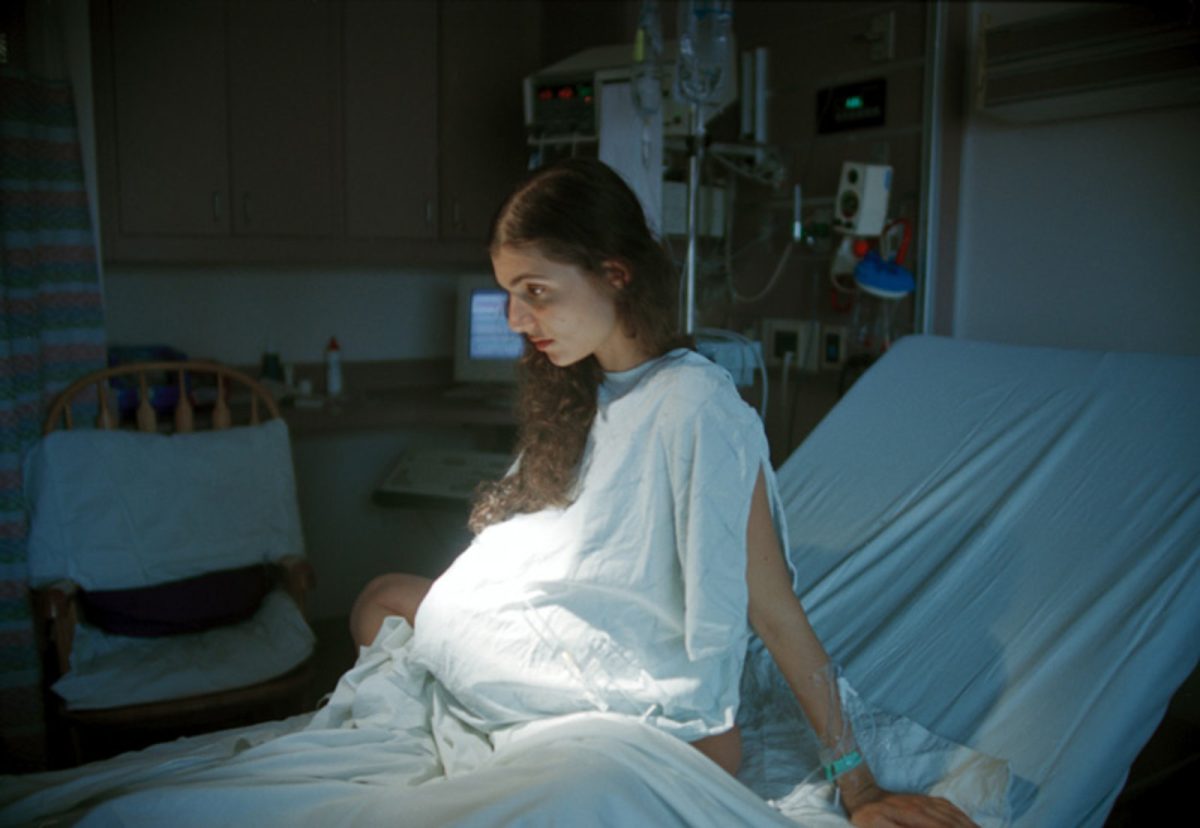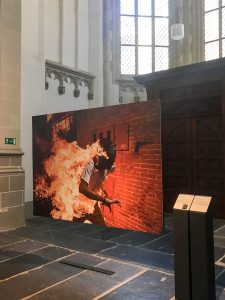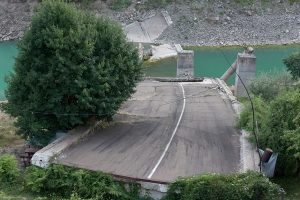We are mortals and we move through space and time. We may be able to observe a transition in process, though find it difficult to predict or understand the outcome. Change seems the only constant. But some points in time leave our skin prickling with the prescient comprehension that this moment counts. We know that we only have one shot in life. So we reach for a camera.
As Roland Barthes said, “What the Photograph reproduces to infinity has occurred only once: the Photograph mechanically repeats what could never be repeated existentially.” And there’s the crux of it: we observe the iconic shifts of life, and come to recognise the gravitas of events which define us individually, as a community or family, and also as a species.
Celebrations in particular make us aware of this notion. Weddings, births and deaths, victories, anniversaries, accomplishments, promotions, and rites of passage all landmark our lives, or change their very trajectory. We can even find reason to celebrate the quotidian and yet, in those moments, we transform the daily to the extraordinary.
Photos of celebrations have the unique ability to capture us in conversion and allow us to see a fragment of our life as belonging to a bigger picture. Not only do we photograph more during these occasions than others, their results reflect on the peculiarity of the time of celebration itself. Looking back, we not only set the markers that read, “You were here.” We can also find ourselves in the moment of asking, “How did I get from there to here?”
What we are dealing with is a remarkable transcendence of time, raising a hyperawareness of identity. Mid-celebration, we rely on photographs as a complete documentation of our experiences, comfortably forgetting that we have left out the moments in interim. It is more than a mere kitsch advertising slogan that photography helps capture the moments of our lives, yet pre-packaged with the camera’s ability to freeze life mid-sentence is also our implicit allowance to sacrifice the entirety of the experience to its souvenir.
Photography is perfectly suited to our need to create – even fabricate – our experiences. By choosing one moment out of many as an icon, the celebration becomes re-framed. The role of curating in our digital era has pushed things even further, in the sense that we now, more than ever, select which images to keep, while deleting indiscriminately any photos which represent something not to our liking or even touching up features which we determine unpleasant.
With the pictures in hand, post-celebration, we allow ourselves a sanitised version of reality to trump the messy, unattractive or ‘uncool’ reality that we actually inhabit. On each successive glance at a photograph, meaning and significance ascribed to the celebrated moment is skewed by our renewed interpretation of accompanying details and memories – highly unreliable, malleable and manipulated – both by self and external factors.
But actually, how different is that from what we already do in our own minds, the delicate and invisible art of grooming memories, selectively omitting details and grafting on the pieces we choose?
The intensity of a moment does not exist in isolation, but requires perspective. With that comes a dire manifestation of our need to shape reality, twisted and delusive. And yet, there are times when there is the inimitable connection to life, when emotions become so heightened we have the will to pause. When we catch ourselves just so, looking at our lives in the present, at its fragility and our own mutability and ultimate impermanence, we do more than just marvel. We photograph. We celebrate.
Pause Transition was published in GUP#35, the Celebration issue, and later online at GUP Magazine, alongside an image by Elinor Carucci.




